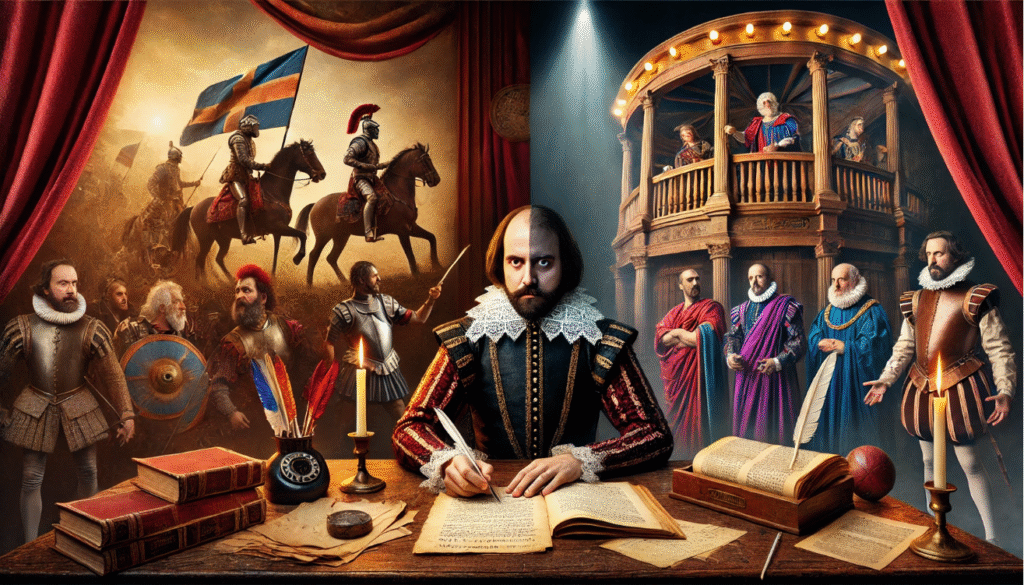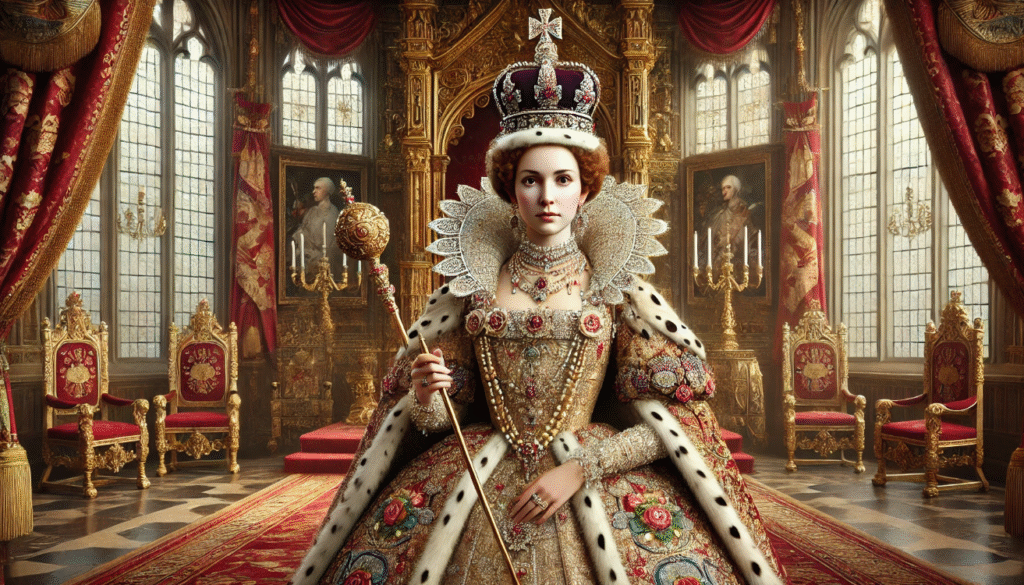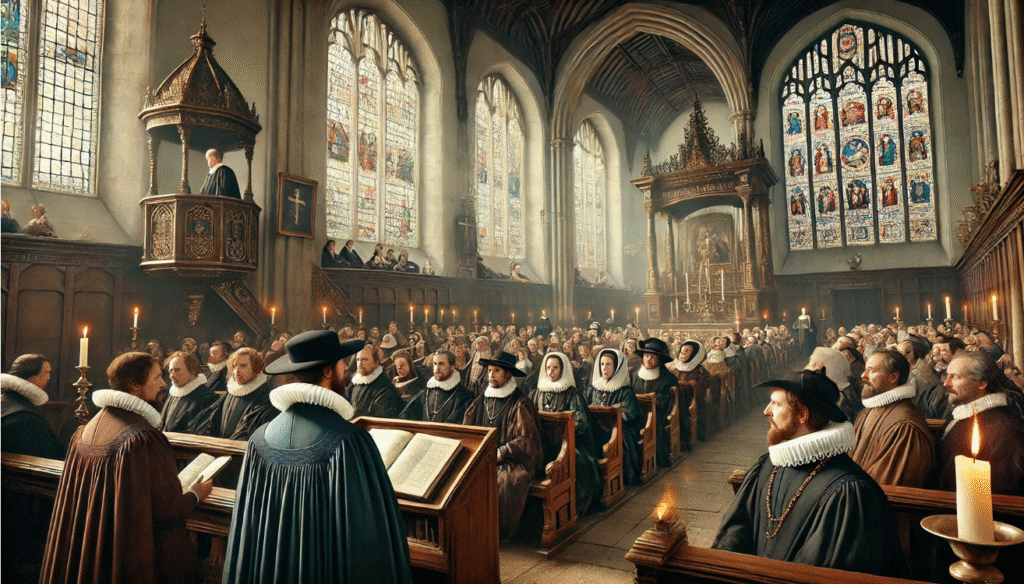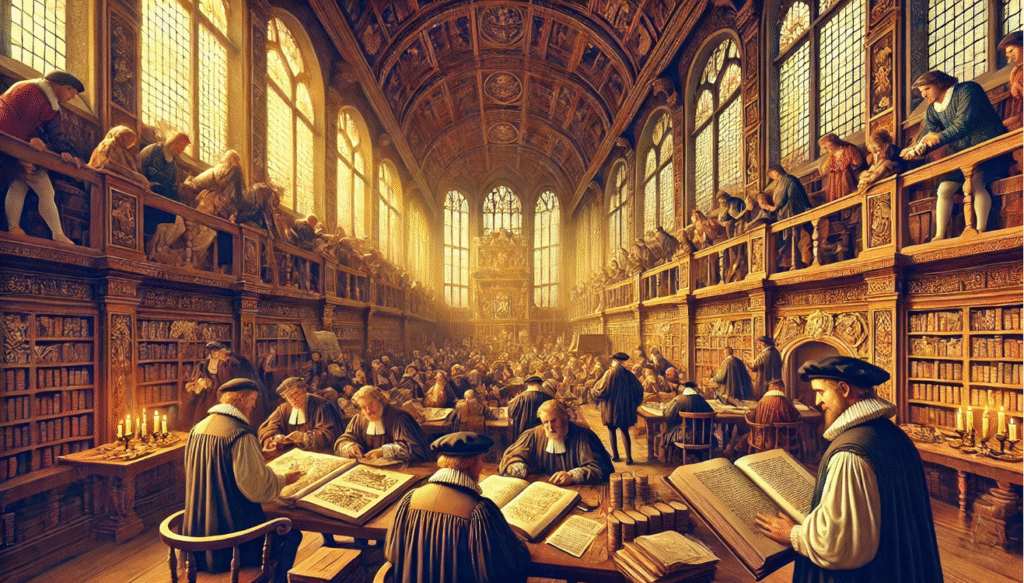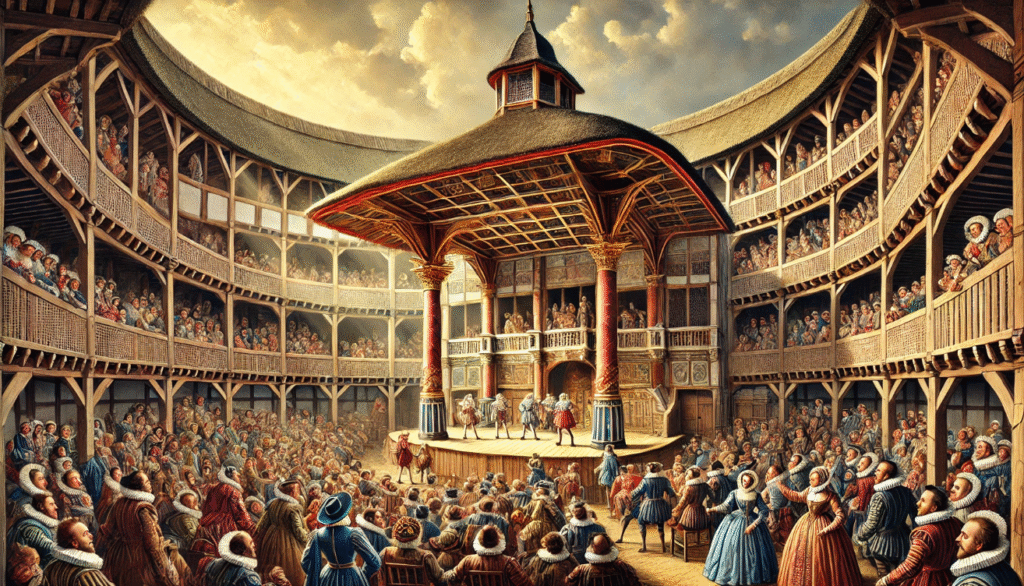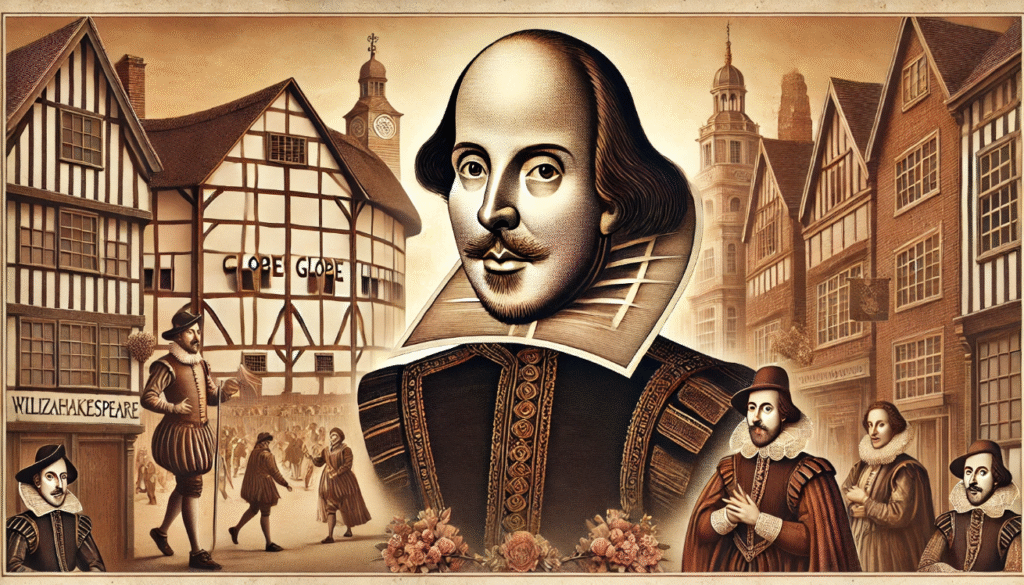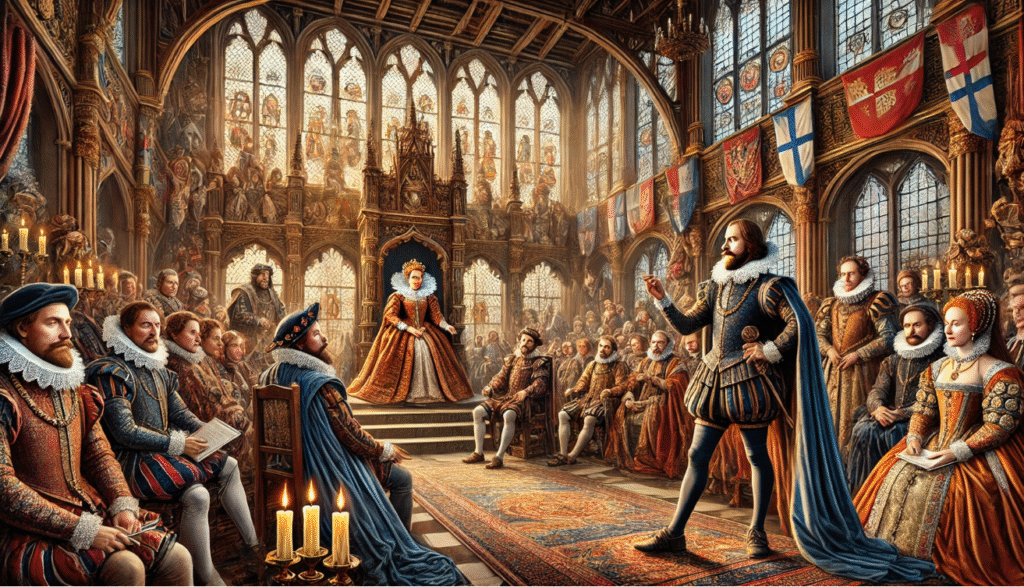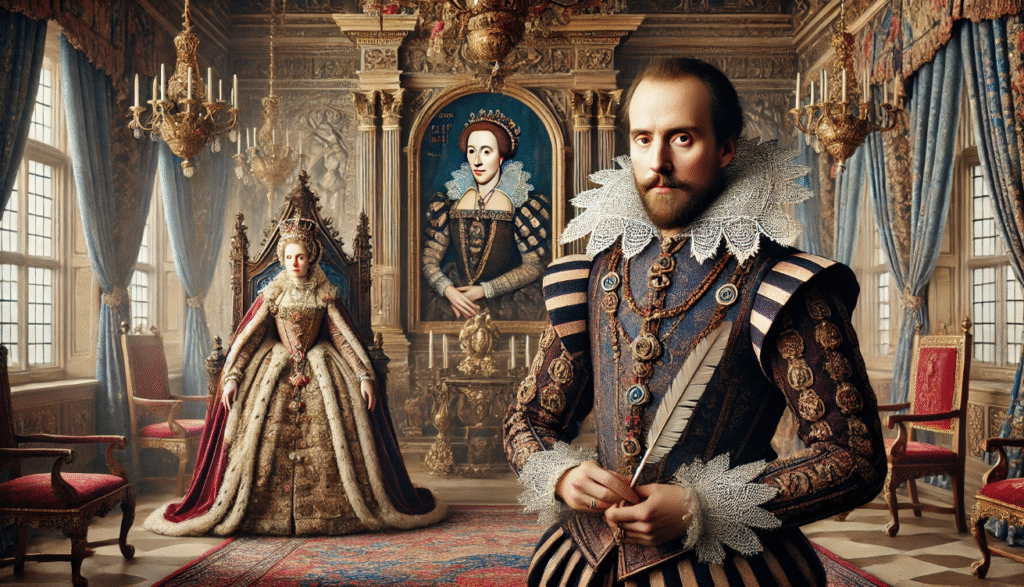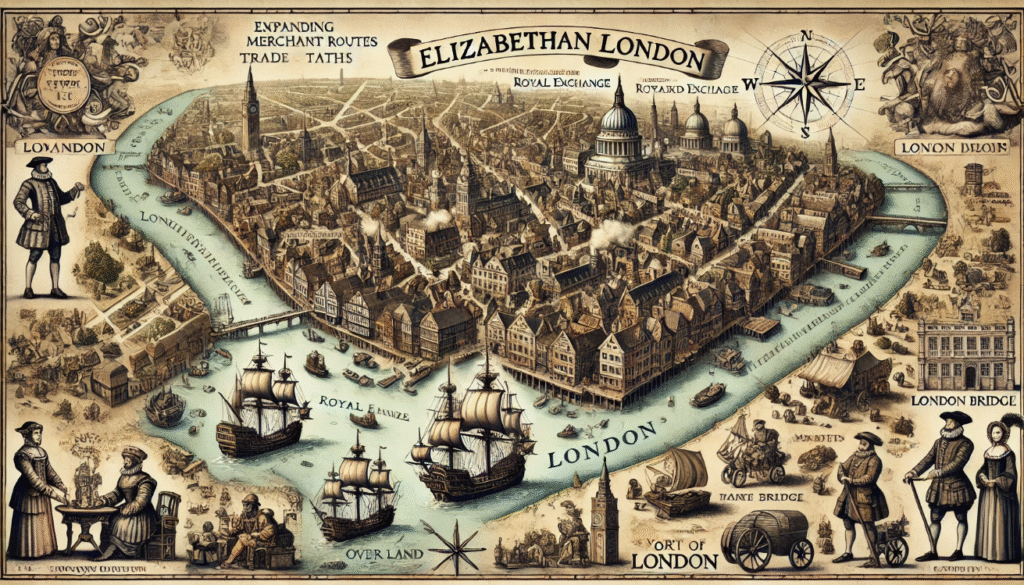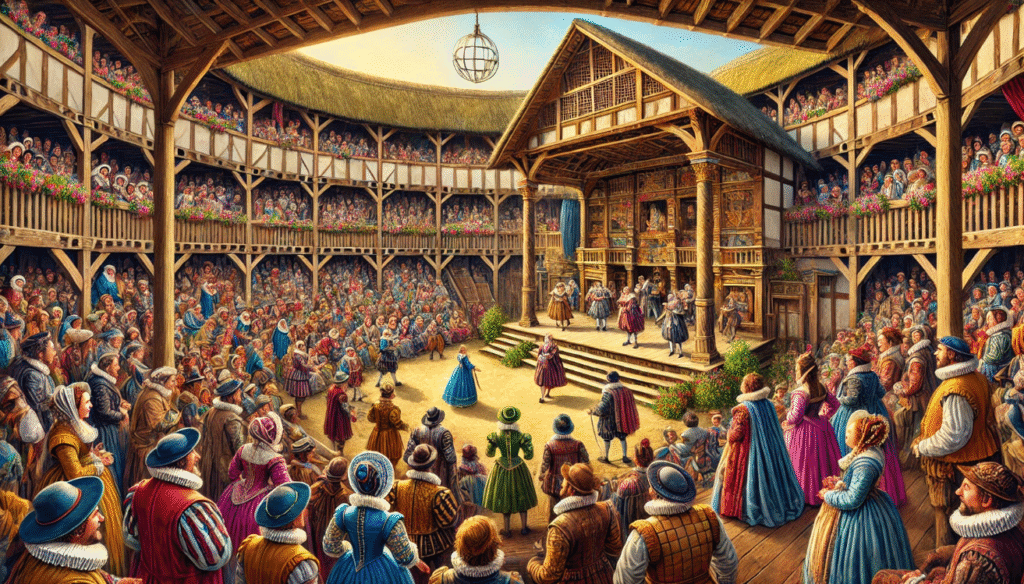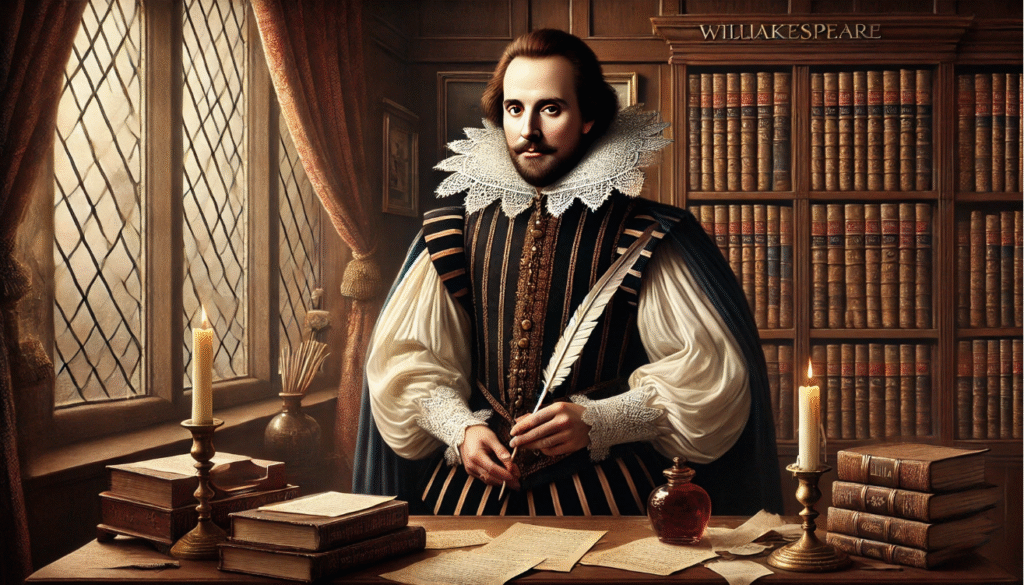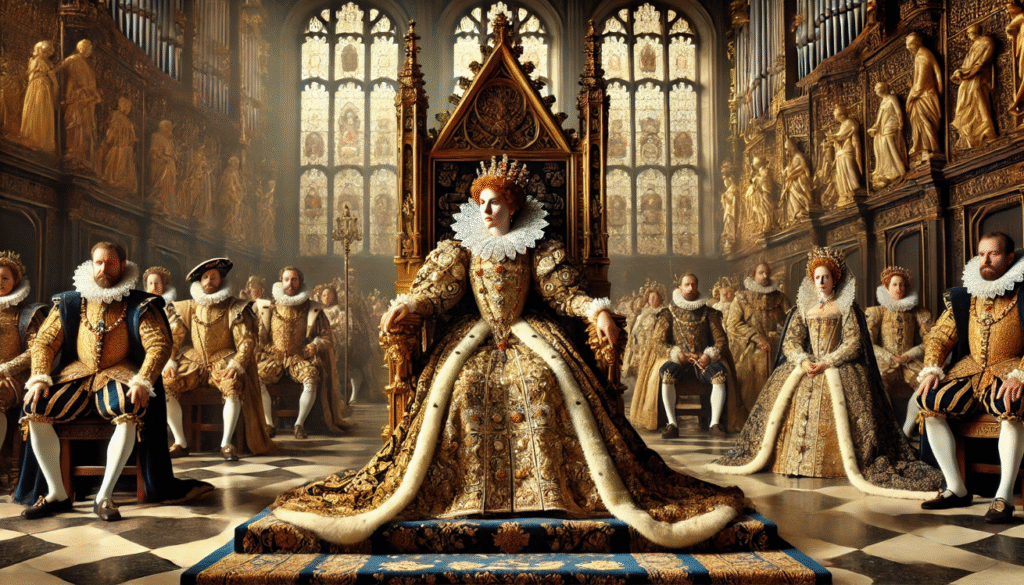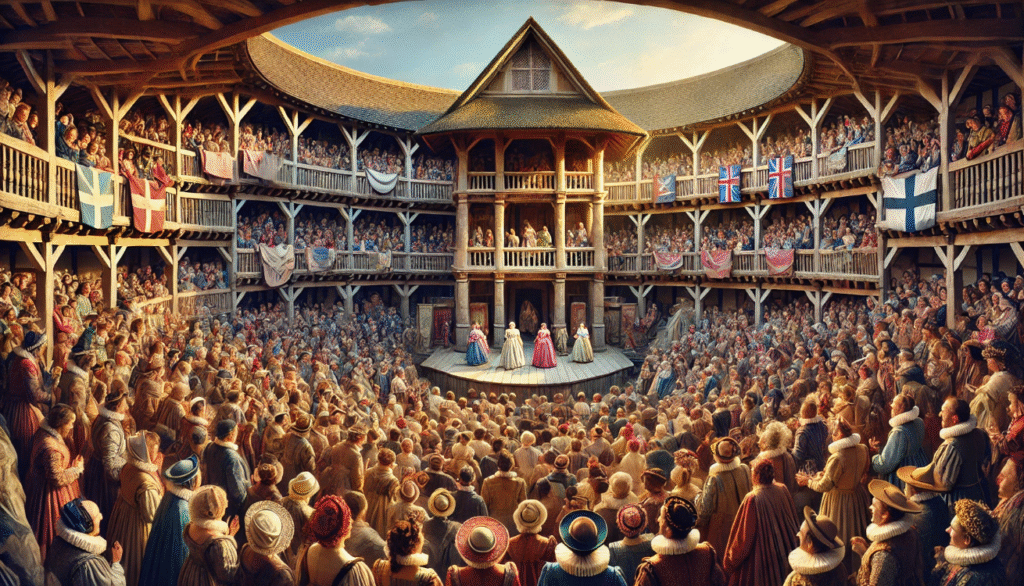 Shakespeare, often regarded as one of history’s greatest playwrights, has left an indelible mark on the world of literature and theater. His historical plays, in particular, demonstrate a remarkable duality in his approach. On one hand, Shakespeare meticulously researched historical events and figures, striving for accuracy in his portrayal of the past. On the other hand, he also took artistic liberties, using dramatic license to enhance the narrative and create compelling storytelling. This balance between historical accuracy and creative interpretation has allowed Shakespeare’s historical plays to captivate audiences for centuries, offering both educational insight and gripping drama.
Shakespeare, often regarded as one of history’s greatest playwrights, has left an indelible mark on the world of literature and theater. His historical plays, in particular, demonstrate a remarkable duality in his approach. On one hand, Shakespeare meticulously researched historical events and figures, striving for accuracy in his portrayal of the past. On the other hand, he also took artistic liberties, using dramatic license to enhance the narrative and create compelling storytelling. This balance between historical accuracy and creative interpretation has allowed Shakespeare’s historical plays to captivate audiences for centuries, offering both educational insight and gripping drama.
Shakespeare was a master of blending fact and fiction in his plays, using historical events as a foundation for his artistic creativity. By weaving together real-life figures and events with his own imaginative storytelling, he crafted compelling narratives that continue to captivate audiences centuries later. His ability to balance historical accuracy with dramatic flair demonstrates his unparalleled skill as a playwright.
Shakespeare as a Playwright: The Historical Context

The Elizabethan era, named after Queen Elizabeth I of England, was a time of great cultural and artistic growth in England. It coincided with the Renaissance, a period of renewed interest in the arts, sciences, and history. During the Renaissance, there was a widespread fascination with history and a desire to understand the past. This interest in history permeated all aspects of life, including literature and the arts. Historical plays, in particular, became very popular during Shakespeare’s time. Shakespeare drew inspiration from a variety of sources for his historical plays, including Holinshed’s Chronicles, a comprehensive history of England, Scotland, and Ireland.
Defining Historical Accuracy in Shakespeare’s Works
Historical accuracy in a literary or dramatic context refers to the portrayal of events, characters, and settings in a way that aligns with the known historical record. This can include accurate depictions of historical figures, the political and social contexts of the time, and the details of significant events. In the case of Shakespeare’s plays, historical accuracy can be seen in the details he includes from historical sources. For example, in “Henry V,” Shakespeare accurately portrays the Battle of Agincourt and the political tensions between England and France during the Hundred Years’ War. In “Richard III,” he incorporates historical details about the Wars of the Roses and the character of Richard III himself.
Shakespeare’s Use of Dramatic License

Dramatic license refers to the freedom that playwrights and other artists have to alter historical events, characters, or timelines in order to create a more compelling and impactful narrative. Shakespeare often used dramatic license in his plays to enhance the dramatic effect and engage his audience. In the case of Richard III, Shakespeare villainized the historical figure of Richard III in order to create a more compelling and dramatic narrative. By portraying him as a ruthless and power-hungry villain, Shakespeare was able to heighten the impact of the story and create a more engaging experience for his audience. Similarly, in Macbeth, Shakespeare compressed time and exaggerated events in order to create a sense of heightened tension and drama.
Balancing Fact and Fiction in Shakespeare’s Historical Plays
Case studies such as Henry V, Julius Caesar, and Richard III provide a fascinating mix of patriotism, historical storytelling, and fictionalized villainy. Shakespeare’s interpretation of historical events in these plays offers a unique blend of accuracy and dramatic storytelling. The artistic balance between staying true to historical events and creating engaging drama has contributed to the longevity and appeal of these plays. By combining historical accuracy with compelling characters and storylines, Shakespeare’s works continue to captivate audiences and remain relevant to this day.
Criticisms of Shakespeare’s Historical Representations

Historians and scholars have raised valid criticisms about the inaccuracies in historical events depicted in works of entertainment. It is important to consider the ethical implications of altering history for the sake of entertainment, as it can distort the truth and misinform audiences. When discussing Shakespeare’s responsibility as a dramatist versus a historian, modern perspectives acknowledge the artistic license and creative freedom he had in his works, while also recognizing the potential impact of his portrayals on shaping public perception of historical events. It is important to engage in critical analysis and thoughtful discussion when consuming historical dramas in order to separate fact from fiction.
The Influence of Shakespeare’s Dramatic License

Shakespeare’s plays have had a significant impact on public perceptions of historical figures such as Richard III and Julius Caesar. Through his storytelling, Shakespeare has shaped the way these figures are viewed and understood by the public, often presenting them in a complex and multi-dimensional light. Furthermore, Shakespeare’s approach to blending fact and fiction in his historical plays has influenced later dramatists and filmmakers who have adapted history for storytelling. Many have looked to Shakespeare’s works as a model for how to effectively merge historical events with compelling narrative and character development. Overall, Shakespeare’s legacy in blending fact and fiction continues to endure, as his plays have set a standard for how historical figures and events can be portrayed in literature, theater, and film.
Why Balancing Fact and Fiction Matters

Historical accuracy is crucial in fostering an understanding of the past because it allows us to comprehend the events, people, and cultures that have shaped our world. Without accuracy, we risk misunderstanding and misrepresenting the past, which can lead to misconceptions and false beliefs about history. It is important to strive for accuracy in order to learn from the past and to appreciate the complexities of historical events and figures. Creative license can be valuable in making history accessible and entertaining, as it can help to bring historical stories to life in a way that captivates and engages audiences. However, it is essential to balance creative freedom with historical accuracy in order to avoid distorting or misrepresenting the past.
Shakespeare was a master at balancing historical accuracy with dramatic license in his works. He often took creative liberties with historical events and figures, but he also grounded his stories in the historical context of the time. This balance allowed him to create timeless and influential works that resonated with audiences then and continue to do so now. By infusing his plays with historical accuracy, Shakespeare was able to give his stories a sense of realism and authenticity. At the same time, his use of dramatic license allowed him to explore universal themes and emotions that transcend time and place. This combination of historical accuracy and dramatic license made his works not only entertaining but also thought-provoking and relevant to audiences across generations.

